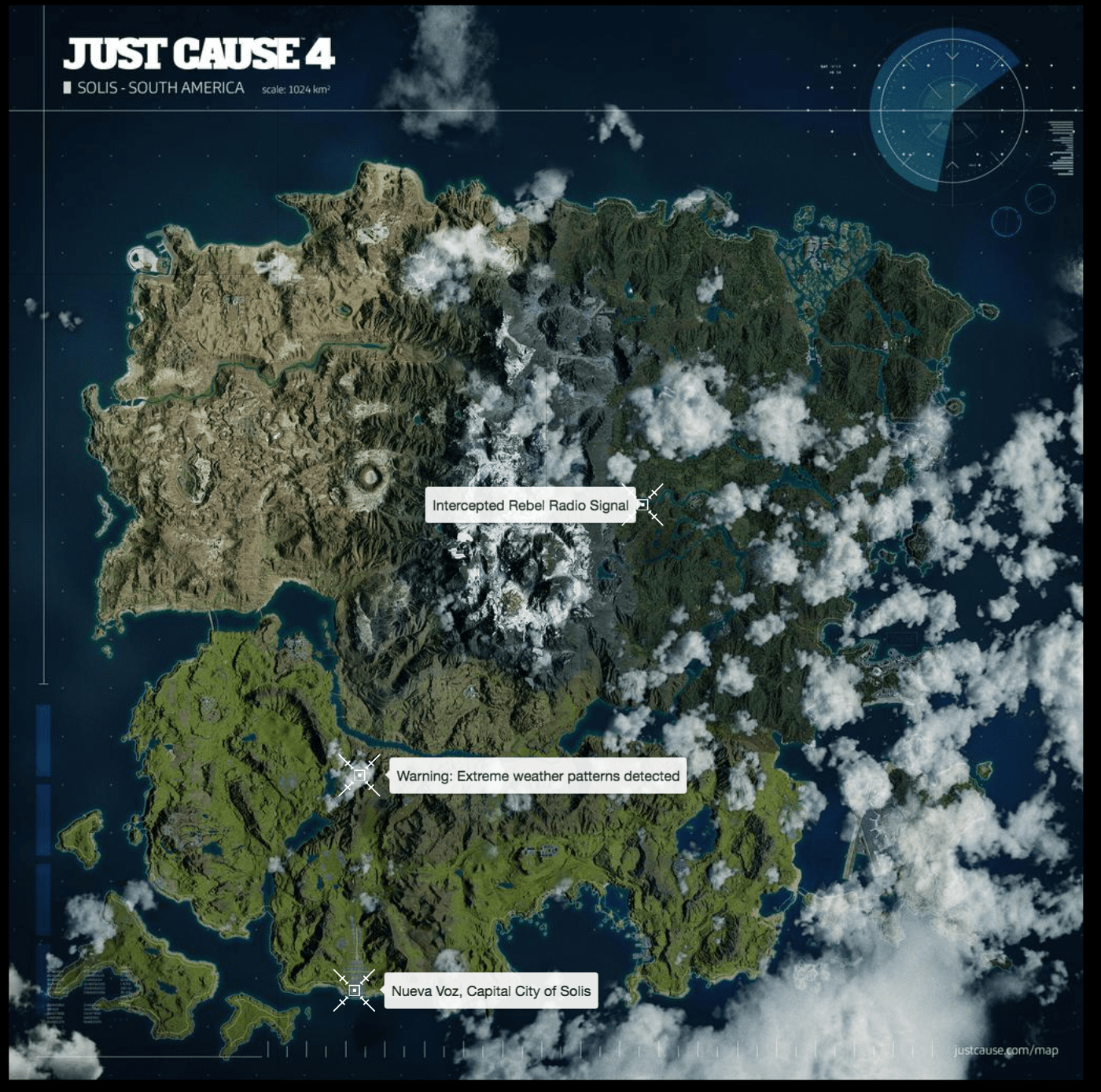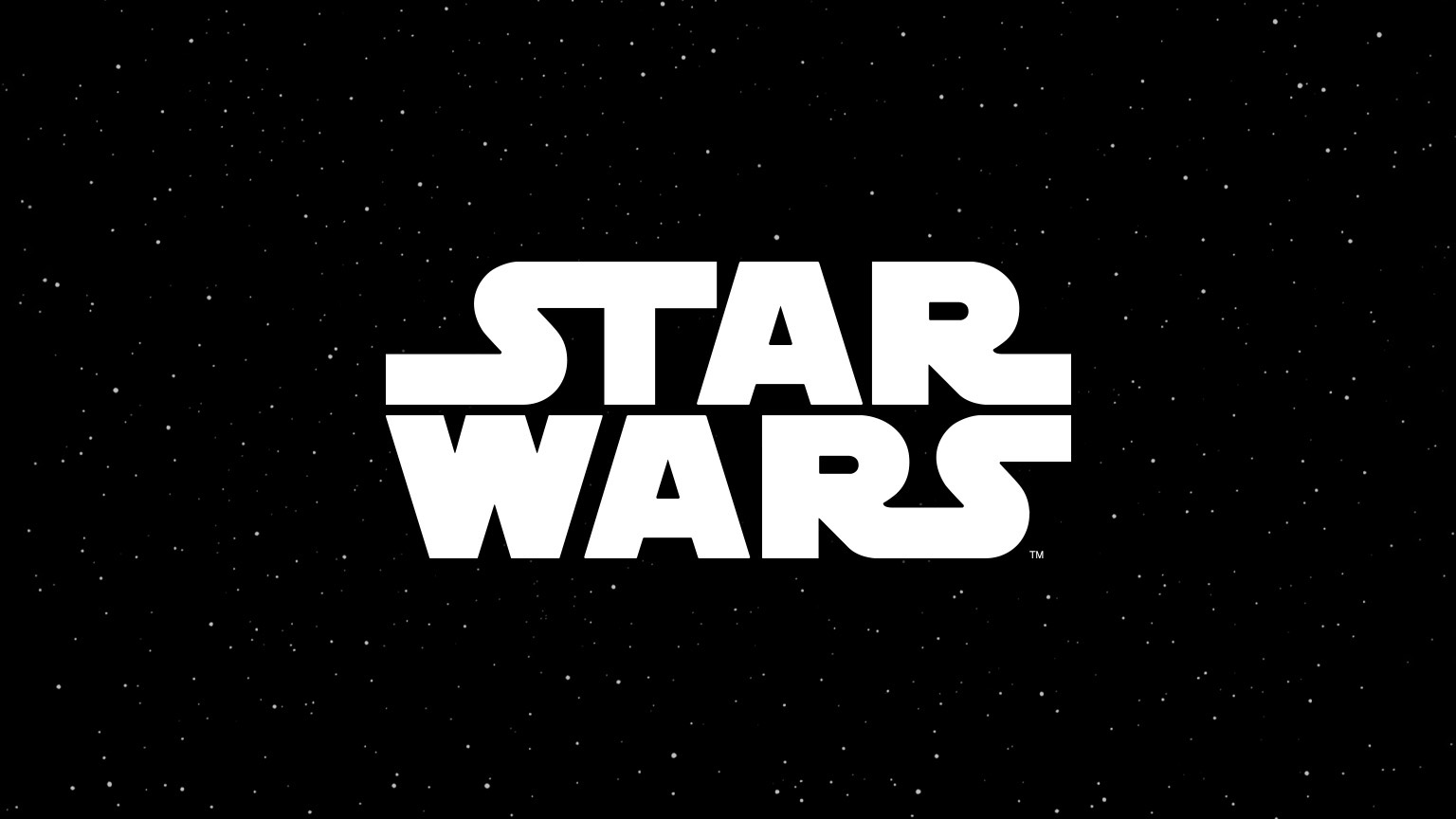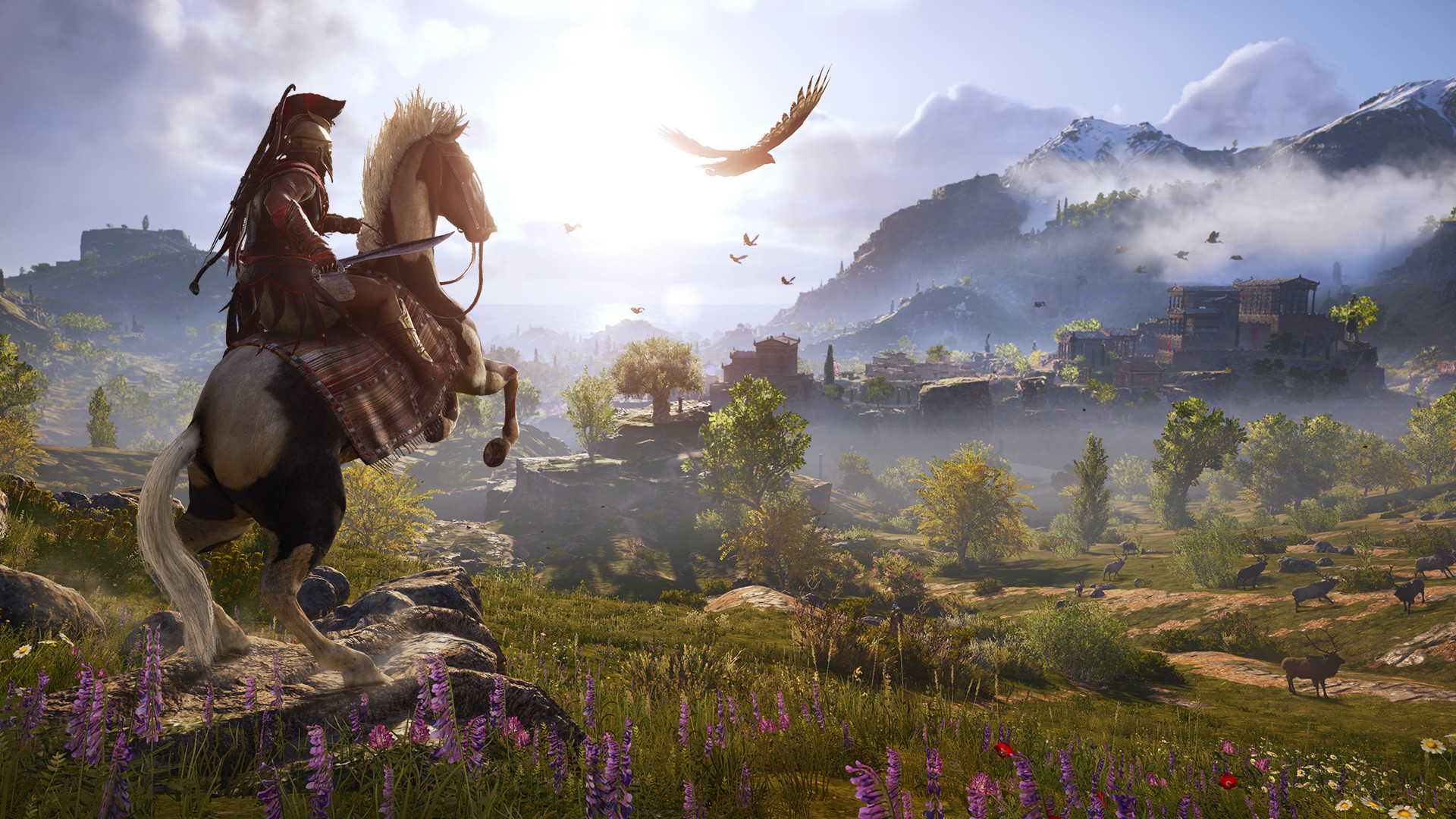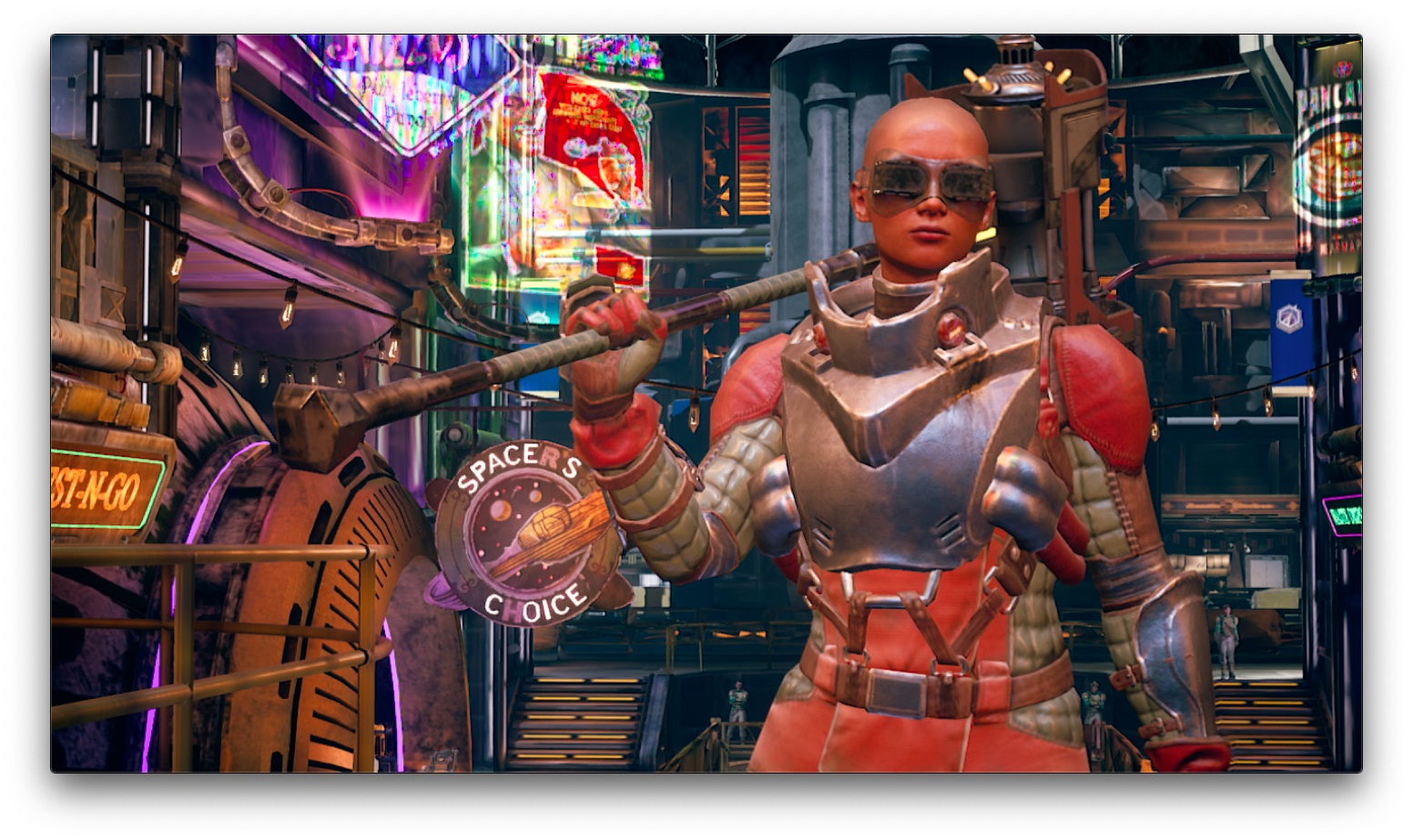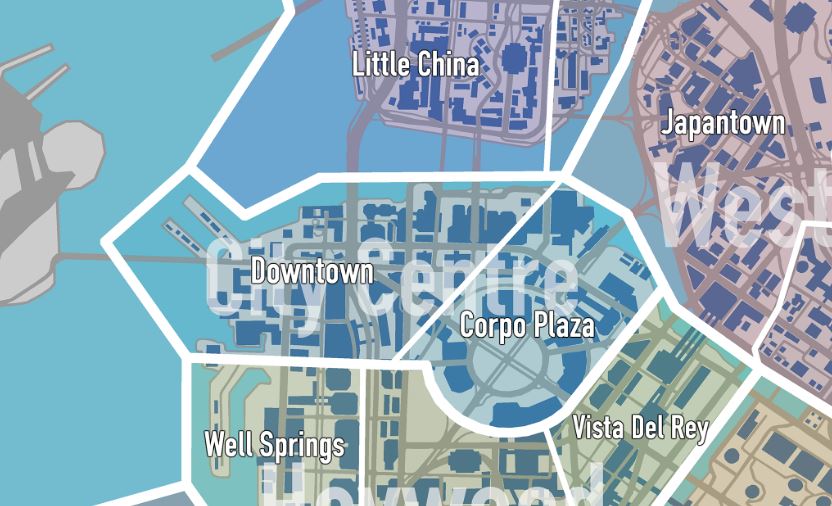
Here at Rocket Chainsaw we are constantly debating the relevance of big open worlds to how good a game is, and while our editor Andrew wishes they were less obsessed, I’d straight up like to say the map size is irrelevant. A larger map does not mean a better game. It’s what’s inside that counts. Who wants an empty big open world with nothing to do? Nobody. Who wants more realistic 1:1 style games like The Division 2 but on a grander scale? Me.
Open worlds are the best way to give the player a sense of adventure. Let’s be honest, we all play games to escape our real-world responsibilities. To become someone (or something) else, if only for a moment. An adventure is not judged by your reward upon completion but by the events you experience along the way.
There’s a reason the Mario games switched to open world in the Nintendo 64 era. There’s a reason why the Mario Galaxy and Odyssey games are higher rated and more well received than the New Super Mario Bros. games. People like big. People like open. People like worlds.
People argue silly things like “I’d rather a smaller world where I can enter every building” or “There was a huge empty space with so much room for activities, but there weren’t any.” Well, guess what buck? You can’t enter every building in real life. There are locks on doors to keep out people like you. Also, have you ever been for a walk in a park? Do you venture off the beaten path much? At all? Can’t you just observe the huge empty space and appreciate its vastness? I’m glad AAA publishers are obsessed with big open worlds because I want them to be bigger. I’m that guy that sees a big empty space and has to find out if there’s anything behind the rocks at the end of it (damn it Sucker Punch, why’ve you gotta hide the banners there?).
Whenever a new open world Ubisoft or CD Projekt Red game is announced, the first thing I want to know is its location and size. It gets me animated. It makes me feel like a child again. Let’s be honest, most maps aren’t that hard to traverse either. Throw in a bike or a car or even a helicopter or a plane and suddenly you’re traversing an enormous map much faster than on foot.
Let me ask you this: When was the last time you felt truly lost in a video game world?
For me, there are only two current-generation games that have made me stop and question exactly how much further into the wilderness I can travel. For games to let you feel truly lost, firstly the map needs to be one of gradual growth and not one you can immediately see when you hit the pause button (I’m looking at you Ghost of Tsushima). Secondly, markers displayed on-screen can’t show the exact distance away you are from your next waypoint or objective. This completely removes the perception of being lost in an open world, making maps like Assassin’s Creed Odyssey’s 130 km2 seem a lot smaller than they actually are, and even smaller yet when you can press a button to put Alexios or Kassandra on auto-pilot.
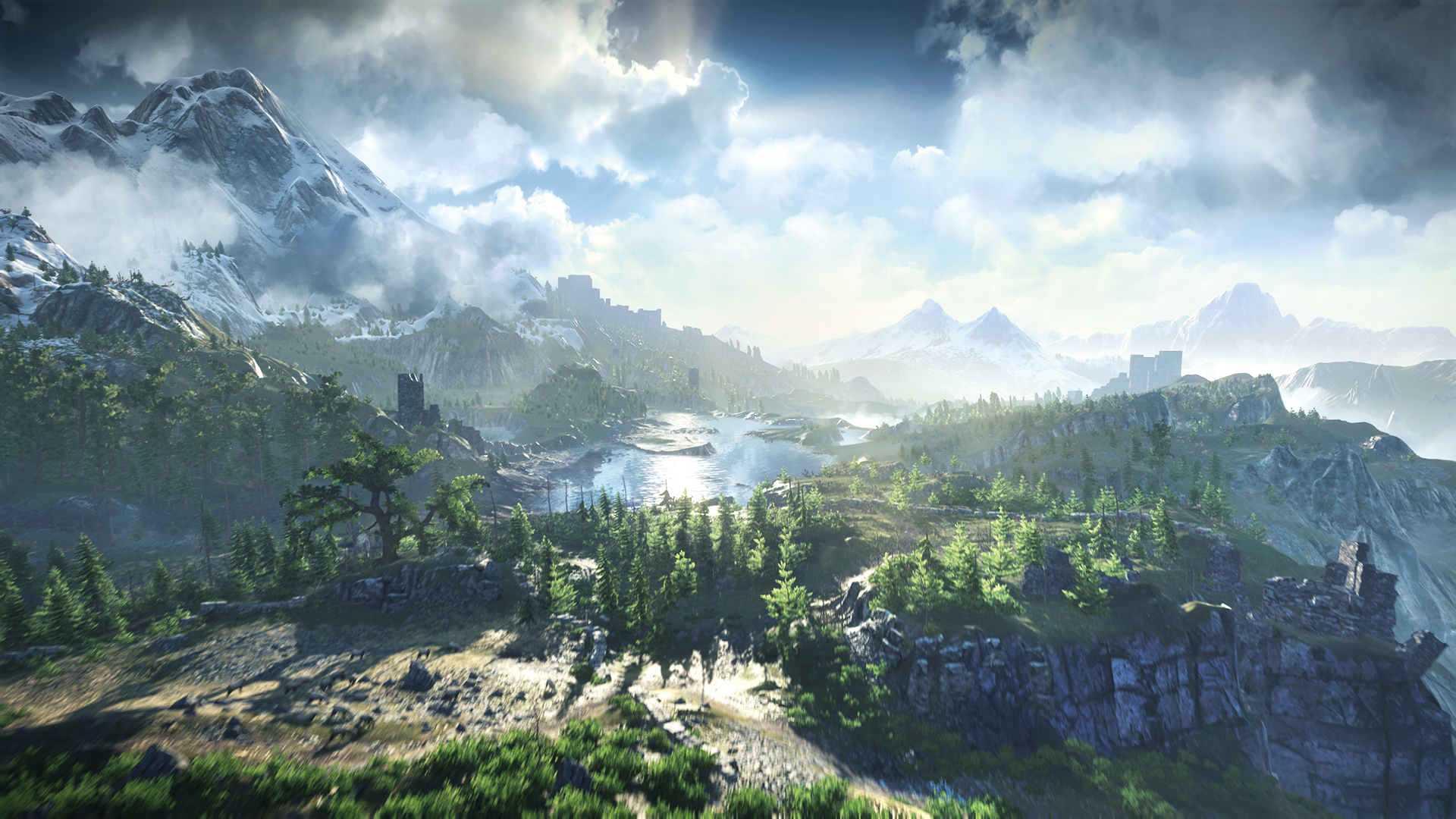
So, which two games have I felt truly lost in this generation? The first would be on a lot of people’s lists. The Witcher III: Wild Hunt. Although the starting area of White Orchard was quite small, Velen blew my mind. By the time I reached the Skellige Isles I was in awe. I hadn’t felt that way about a game since playing The Legend of Zelda: Ocarina of Time more than two decades ago. The Witcher III is only 5 km2 larger than Assassin’s Creed: Odyssey yet it feels much larger due to its wilderness and its style of open-world gameplay where you’re not told ‘You must go here now!’. I don’t wish The Witcher III was any smaller, in fact, looking at Cyberpunk 2077’s map, I wish Cyberpunk 2077 was much larger.
The only other current-generation game I’ve felt truly lost in is Legacy Rust. Not Rust as we know it today with its proc-gen islands of a repetitive nature, but the original Hapis Island. It was a big open world with a road that looped around a quarter of the map but there was always a lingering fear that if you ventured too far away from it then you’d never find your way back. In Legacy Rust you would make your own map and take care of it. The map would only show what you had explored, and you could put markers on it if you wanted to. If someone killed you they could take your map and head to points that you’ve marked, so usually it wasn’t a good idea to mark where your base was.
Other games may do something similar (such as the new Rust), but the penalties of dying in Rust Legacy were harsh. If you were unfamiliar with the large loop, you could spawn anywhere and be completely lost for the next 10-20 minutes. Worse yet, you could venture out into the frontier, the 75% of the map that wasn’t used.
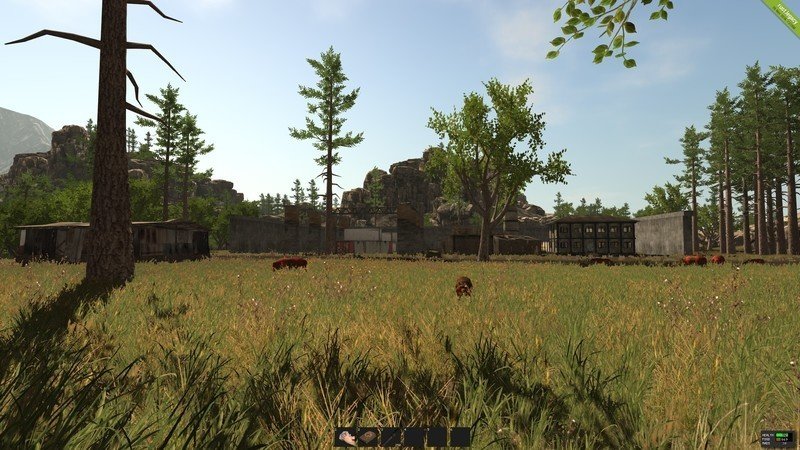
The truth is that until we experience 1:1 worlds like The Division 2 but on a grand scale, we can’t fully appreciate the scope of what a big open world actually feels like. Ghost of Tsushima is almost 18 km2 yet the real-world island of Tsushima is 441 km2. When you stand on a hill looking across at the range ahead, it has a sense of enormity yet when you arrive it often turns out it’s just three rocky mounds that a child might play on. We don’t yet know what a true big open world feels like in a video game, and to be honest the nearest example of one is augmented reality games like Pokemon Go.
In conclusion, I’m glad AAA publishers are obsessed with big open worlds. I hope they get bigger. I hope Far Cry 6 is as big as Far Cry 2 or bigger. I hope we get a Batman game where Gotham is as big as Metropolis was in Superman Returns (207 km2). I hope Test Drive Unlimited Solar Crown is a 1:1 re-creation of Sardinia.
Open world games push boundaries. They force players to think outside the box, and they force developers to push themselves to create an exciting world filled with adventure. There’s no reason to want them to be smaller. There are always games that ARE smaller in size if that’s your thing. Lastly, there’s always fast travel.

